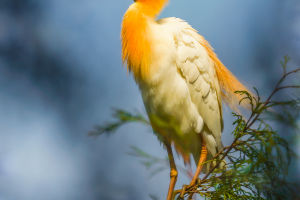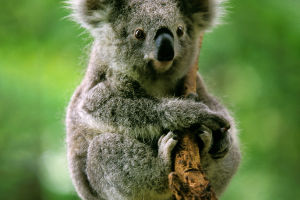Arctic Apex: Polar Predators
Introduction:
Top predators are defined as species that have no natural enemies, occupying the highest position in the food chain. Among them, the polar bear stands tall as an iconic symbol of the Arctic wilderness.
Renowned as the largest carnivore on land, the male polar bear measures around 2.4-2.6 meters in length and weighs between 400 and 800 kilograms. With no rivals in the Arctic Circle, polar bears reign as supreme top predators.
Characteristics and Distribution:
Polar bears possess formidable characteristics befitting their apex predator status. They boast massive paws, measuring up to 30 cm in diameter, which enable them to deliver a fatal blow to prey, including whales weighing approximately 400 kilograms.
These majestic creatures primarily inhabit the sea ice of the Arctic Ocean, encompassing regions such as Canada, Norway, Greenland, and others. The sea ice serves as their hunting ground and habitat, providing a platform for them to prey on marine life, predominantly seals.
Evolutionary Origins:
The evolutionary history of polar bears unveils fascinating connections. Modern scientific techniques, such as gene sequencing, have revealed their close relation to brown bears. Approximately 200,000 to 500,000 years ago, during the late Pleistocene, polar bears began diverging from brown bears.
Hence, all polar bears in existence today are descendants of their brown bear ancestors. Although debates exist regarding the exact timeframe of polar bear evolution, the consensus remains that polar bears are the most recent descendants of brown bears.
Physical Adaptations:
Polar bears are adeptly adapted to survive in the Arctic environment. They possess a thick, white fur coat, enabling them to blend seamlessly into snow-covered landscapes while hunting. Their large, muscular bodies facilitate easy navigation on ice and swift swimming in the freezing waters.
Predominantly carnivorous, polar bears primarily feed on seals but also consume fish and other marine mammals. They employ a stealthy approach, often patiently waiting for prey on sea ice before utilizing their speed and strength to secure a successful hunt.
Threats and Conservation Efforts:
Human activities and greenhouse gas emissions have significantly contributed to global warming, resulting in the accelerated melting and fragmentation of Arctic ice floes.
As polar bears heavily rely on these ice formations for hunting, the reduction of ice translates to a decline in available food and a diminished hunting success rate. In areas with limited ice floes, the hunting success rate of polar bears drops to approximately 5%, compared to 10-20% on larger ice floes.
To safeguard the future of polar bears, numerous countries and international organizations have taken proactive measures.
These initiatives encompass reducing greenhouse gas emissions, establishing protected areas and conservation projects, implementing restrictions on hunting and human activities, and promoting scientific research to understand the ecological needs and behavioral patterns of these majestic creatures.
Conclusion:
Polar bears hold an esteemed position as apex predators in the Arctic, a testament to their remarkable adaptations and hunting prowess. However, the increasing threat of climate change and diminishing ice floes pose significant challenges to their survival.
It is imperative that we continue to prioritize conservation efforts, support sustainable practices, and collaborate internationally to ensure the long-term well-being of these magnificent creatures that serve as vital indicators of our planet's ecological balance.


